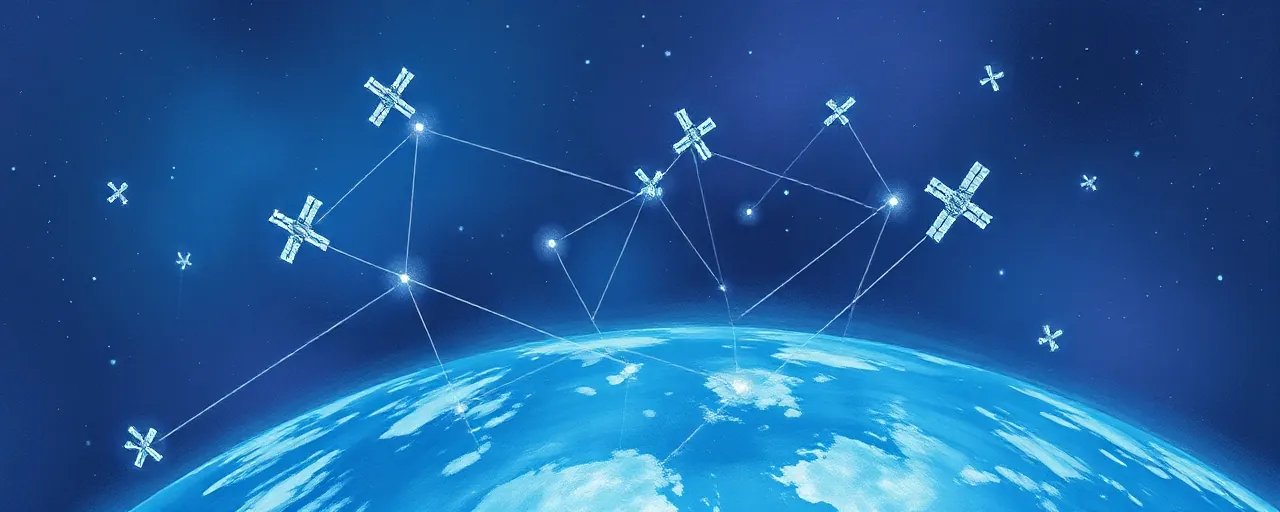A Fireside Chat Ignites Big Questions
At the 40th Space Symposium in Colorado Springs, a packed room leaned in as two high-ranking officials took the stage. Gen. Mike Guetlein, Vice Chief of Space Operations for the U.S. Space Force, and Vice Adm. Frank Whitworth, director of the National Geospatial-Intelligence Agency, sat down for a candid fireside chat on April 8, 2024. Hosted by the Space Foundation, the event drew over 10,000 space professionals, all eager to hear how these leaders plan to navigate the tricky intersection of military might and intelligence gathering in orbit. Their conversation cut straight to the chase: how do you protect a nation when the battlefield stretches beyond Earth?
The discussion landed at a pivotal moment. Space, once a quiet frontier for exploration, now buzzes with activity, from commercial satellites to military assets. Guetlein and Whitworth didn’t mince words about the stakes. With threats like anti-satellite weapons and cyberattacks on the rise, the need to blend the Space Force’s warfighting capabilities with the intelligence community’s data prowess has never been more urgent. It’s a partnership that could redefine national security, but the path forward isn’t without its tangles.
The Push for Unity in a Fragmented Domain
Guetlein framed the challenge with a clear-eyed take. The Space Force, operating under the Department of Defense’s legal framework, and the intelligence community, guided by its own distinct rules, have long worked in parallel. Yet, the lines between their roles blur as space becomes a critical hub for real-time data. He pointed to the flood of information streaming from satellites, vital for both military operations and intelligence analysis. Protecting those assets, he argued, demands a seamless flow of data across both domains, a task easier said than done given the bureaucratic walls that often stand in the way.
Whitworth echoed that sentiment, stressing the interdependence at play. The National Geospatial-Intelligence Agency relies on space-based systems to track everything from troop movements to missile launches, while the Space Force leans on that intelligence to sharpen its defenses. He cited the Joint Overhead Persistent-Infrared Center as a standout example, a collaboration that’s been humming along for years, merging military and intelligence efforts to monitor threats from above. It’s a model they hope to build on, though scaling it up means wrestling with technical hurdles and policy gaps that have lingered since the Cold War.
Cutting Waste, Boosting Innovation
Both leaders zeroed in on a practical goal: reducing overlap. Guetlein admitted some duplication is unavoidable, even useful, but insisted too much of it drains resources that could go elsewhere. By syncing efforts, they aim to stretch budgets further and speed up responses to emerging dangers. Whitworth nodded to ongoing talks between their teams, hashing out standards to make sure data and tools align. It’s not glamorous work, but it’s the kind of nuts-and-bolts cooperation that could make or break their mission in a crunch.
Industry got a shoutout too. Guetlein was blunt, saying the Space Force can’t hire enough experts to keep pace with the cyber and data demands of modern space operations. He’s counting on private companies to fill the gap, pointing to projects like the Unified Data Library and a specialized lab for space domain awareness. These efforts invite firms to test ideas alongside military brass, a move that’s already sparking new tools for tracking objects in orbit. Whitworth chimed in, noting how commercial satellites are reshaping the game, offering fresh data streams that both sides can tap into.
Navigating a Crowded Sky
The backdrop to all this is a space domain growing more chaotic by the day. Satellites now number in the thousands, doubling every couple of years, and not all of them play nice. Nations and private players alike are launching assets that can serve dual purposes, civilian one minute, military the next. Add in the specter of anti-satellite weapons, tested by countries like China and Russia in recent years, and the need for tight coordination becomes glaring. Historical treaties, like the 1967 Outer Space Treaty, call for peaceful use but leave plenty of gray areas when it comes to defense.
That tension isn’t lost on the international stage. Efforts like the UN’s Open-Ended Working Group push for clearer rules, but progress is slow. Meanwhile, companies such as SpaceX and Raytheon are embedding themselves deeper into military operations, raising questions about where the line sits between public duty and private gain. Guetlein and Whitworth didn’t dive into the ethics, sticking to operational nuts and bolts, but their focus on partnerships hints at a broader reality: space is no longer a solo act for any one nation or agency.
What’s Next for Space Security
The fireside chat wrapped with a sense of cautious optimism. Guetlein and Whitworth painted a picture of a future where data zips effortlessly between military and intelligence hubs, where industry pitches in with cutting-edge fixes, and where threats don’t catch anyone off guard. They’re not there yet, and the road ahead involves untangling legal knots, upgrading tech, and keeping allies in the loop. Still, the fact that these two heavyweights are hashing it out in public signals a shift toward tighter teamwork.
For the average person, this might sound like sci-fi jargon, but the stakes are real. Satellites guide everything from GPS to missile defense, and a glitch up there could ripple down here fast. As Guetlein put it, space is too vast for any one group to handle alone. Whether their vision holds up will depend on how well they bridge the gaps, not just between their own outfits, but with the wider world watching from below.
